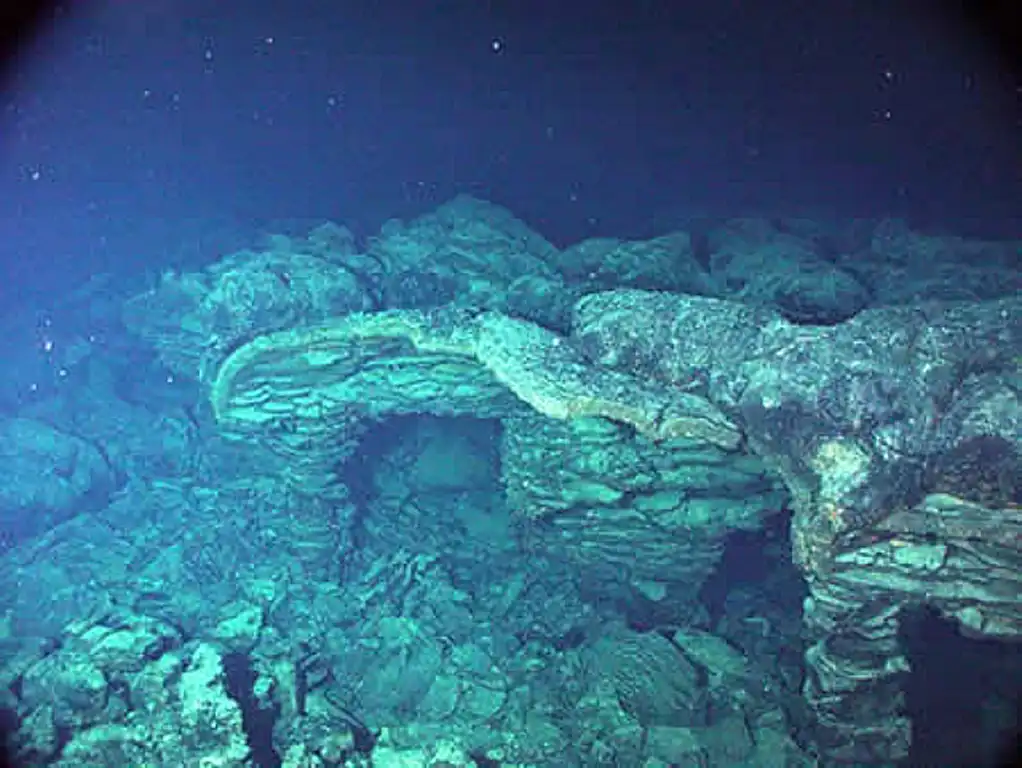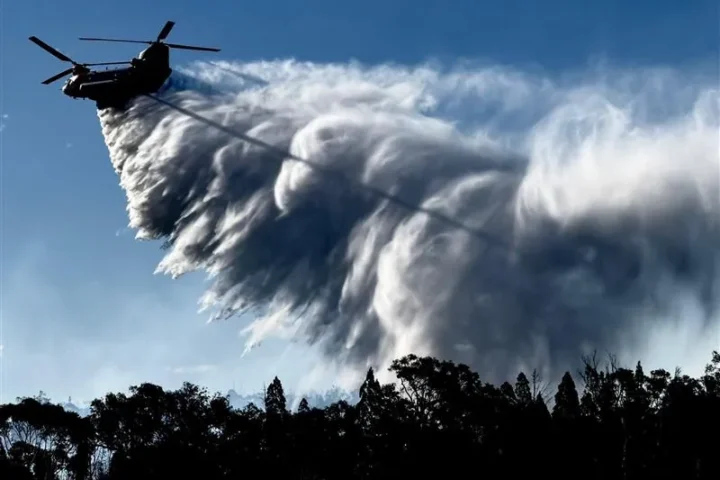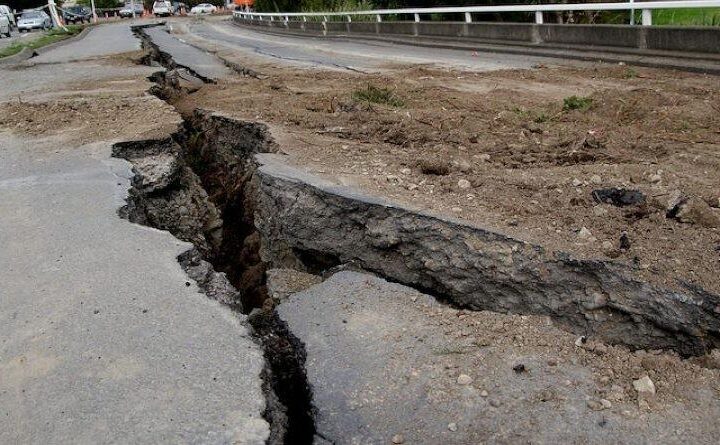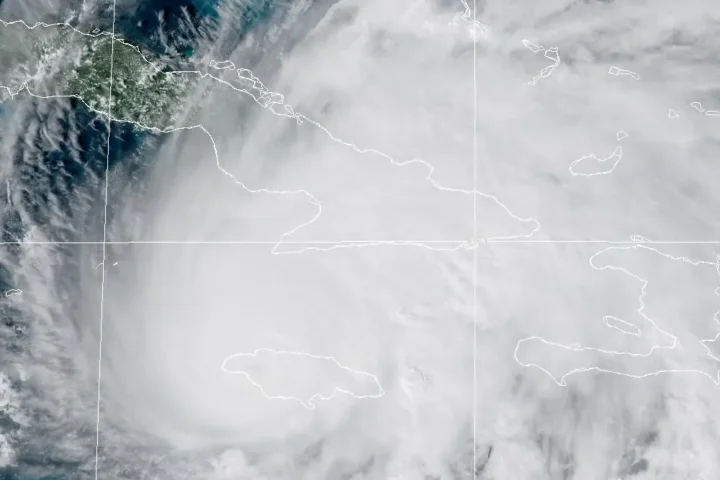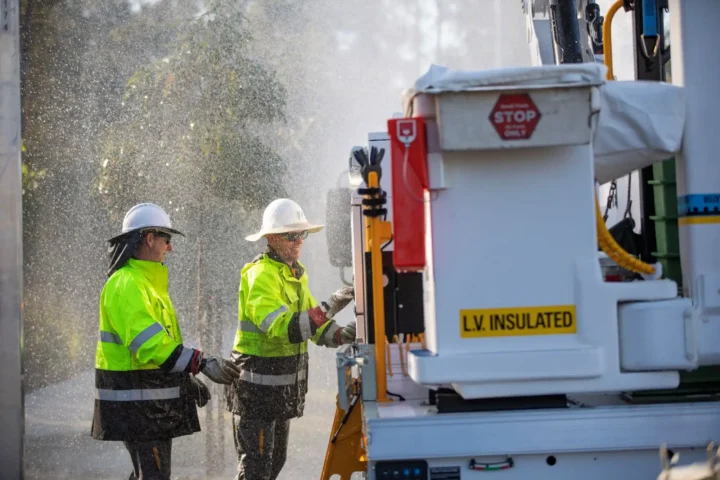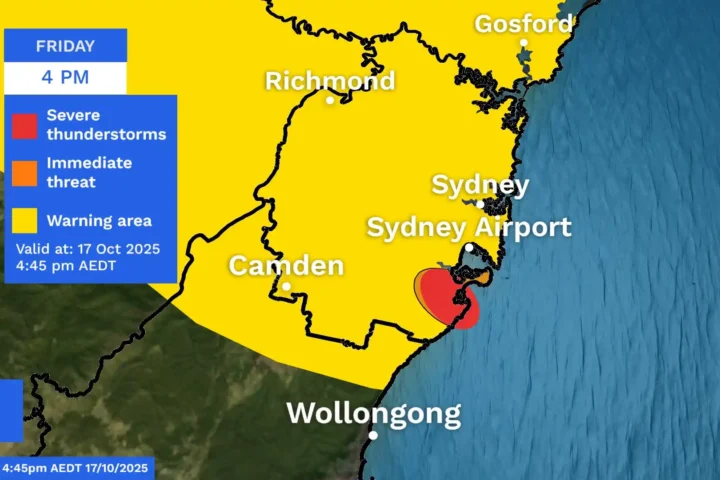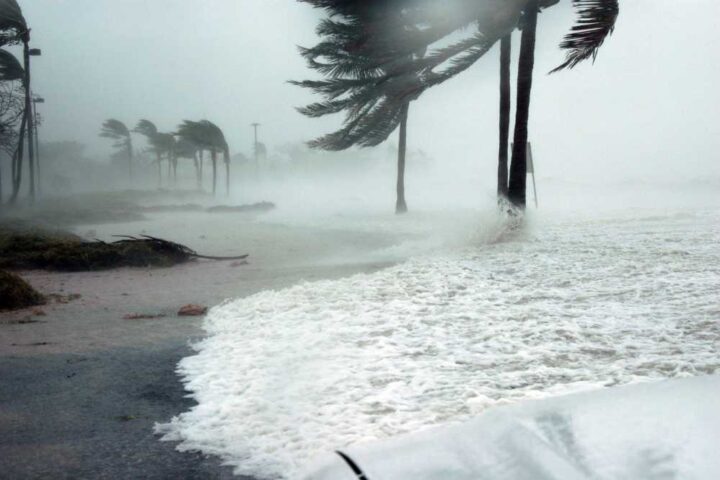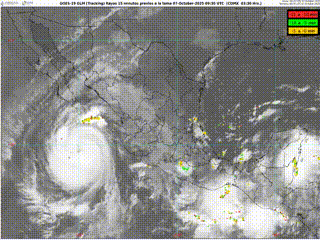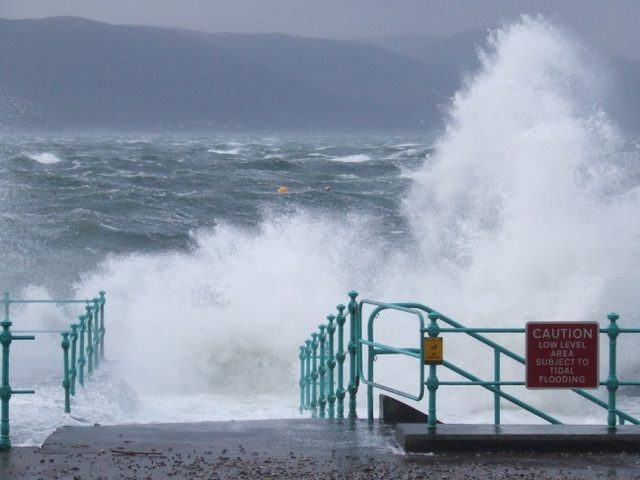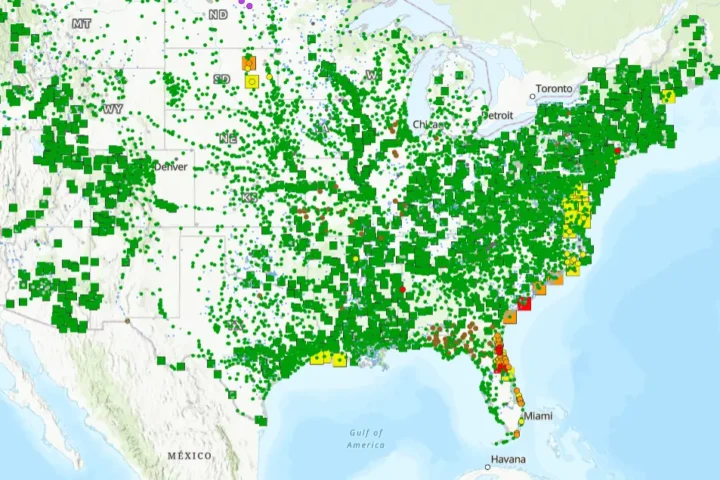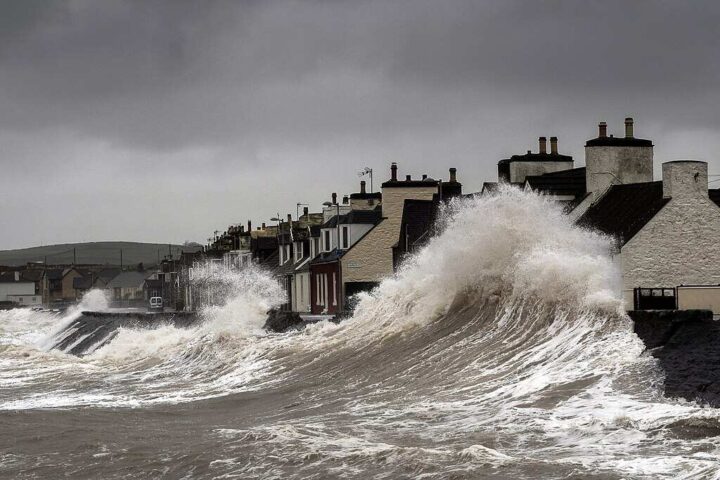A massive underwater volcano sitting 300 miles off the Oregon coast is showing strong signs it could erupt soon. Scientists watching Axial Seamount have spotted tell-tale warning signs similar to those seen before its last eruption in 2015.
“At Axial, the sea floor is actually rising, and that’s a big signal,” says Bill Chadwick, a volcanologist and research professor at Oregon State University. This rising of the seafloor, much like a balloon slowly inflating, typically happens when magma builds up before an eruption.
The volcano currently experiences about 200 earthquakes daily. While this might sound alarming, it’s far fewer than the 10,000 earthquakes recorded in just 24 hours during its last eruption in 2015. The next eruption could happen anytime between now and early 2026, though scientists stress these events are hard to predict with exact timing.
Despite its impressive size and activity, there’s no need for safety concerns. The volcano sits nearly a mile underwater, so deep that even boats directly above it wouldn’t notice an eruption. “Even if you were out on a boat right over the seamount when it’s erupting, you probably would never know it,” Chadwick explains.
What makes this volcano special is its location. It sits where two of Earth’s tectonic plates are slowly pulling apart, creating a perfect spot for volcanic activity. Think of it like a crack in the Earth’s surface where molten rock can more easily push through.
During its last eruption in 2015, the volcano produced remarkable lava flows. One flow reached 400 feet thick – about two-thirds the height of Seattle’s Space Needle. The hot lava spread across the ocean floor for about 25 miles.
Similar Posts
Surprisingly, these eruptions create opportunities for life to thrive in one of Earth’s most extreme environments. The volcano hosts underwater hot springs called hydrothermal vents, where unique deep-sea creatures make their home. Even after lava flows destroy these communities, life returns within just three months.
“Life thrives in these inhospitable environments, and volcanoes are probably one of the major sources of life in our oceans,” says Debbie Kelley, director of the Regional Cabled Array at the University of Washington.
Scientists have noticed an interesting pattern: the volcano’s past three eruptions (1998, 2011, and 2015) all happened between January and April. They think this timing might be linked to the moon’s gravitational pull on ocean tides, which creates pressure changes on the seafloor.
The University of Washington’s team plans to make history with this next eruption by livestreaming it to the public – something never done before with an underwater volcano. This will give everyone a chance to witness this remarkable natural phenomenon in real time.
For scientists, Axial Seamount serves as a natural laboratory. Its frequent eruptions and extensive monitoring equipment help them better understand how underwater volcanoes work. This knowledge could improve our understanding of volcanic behavior both under the sea and on land.
